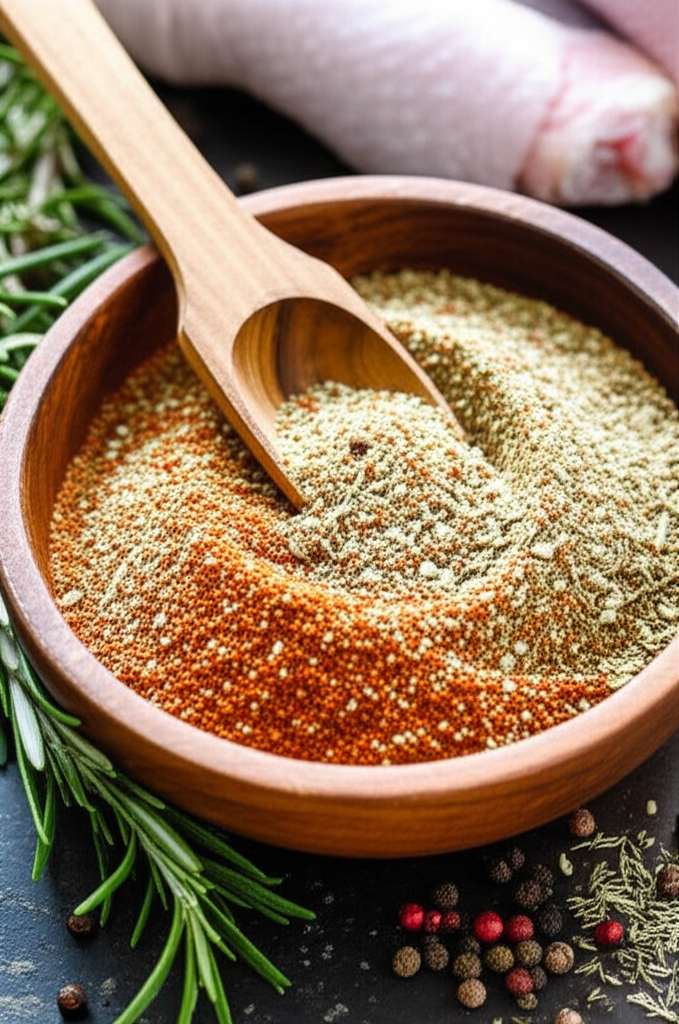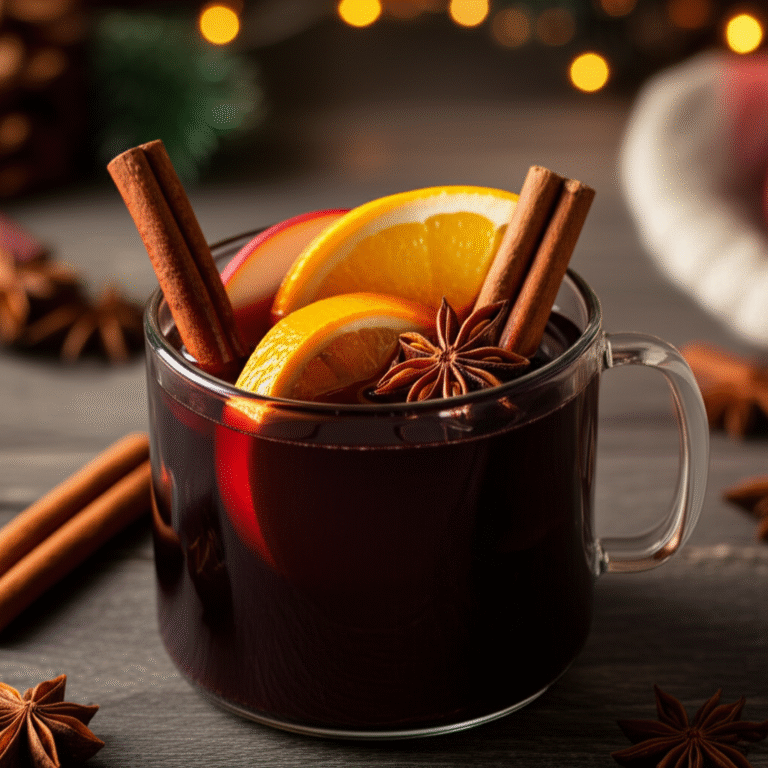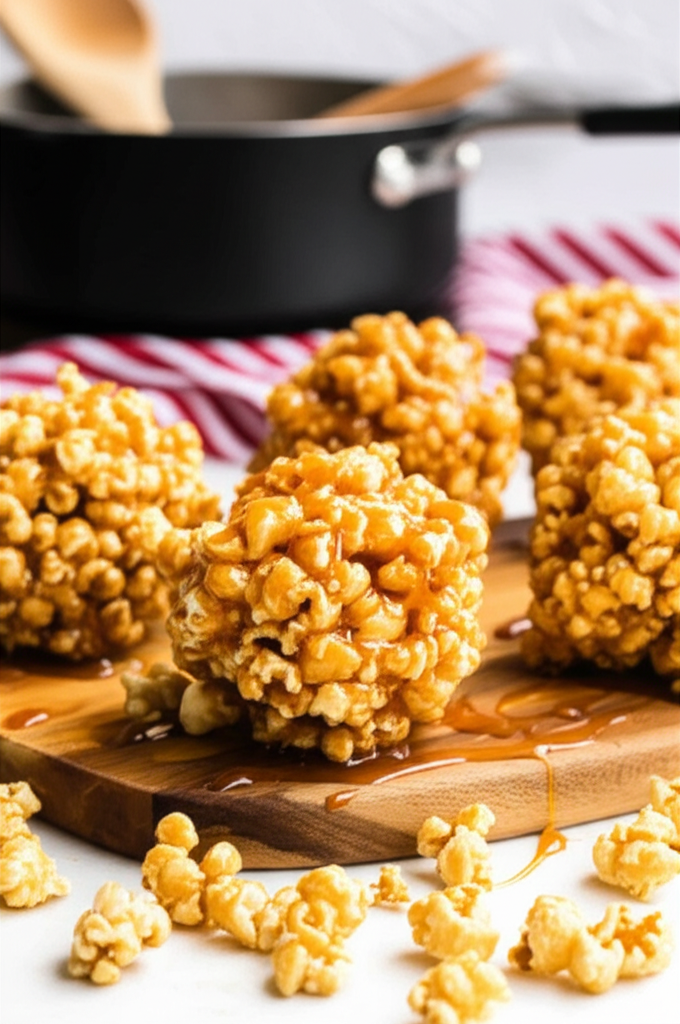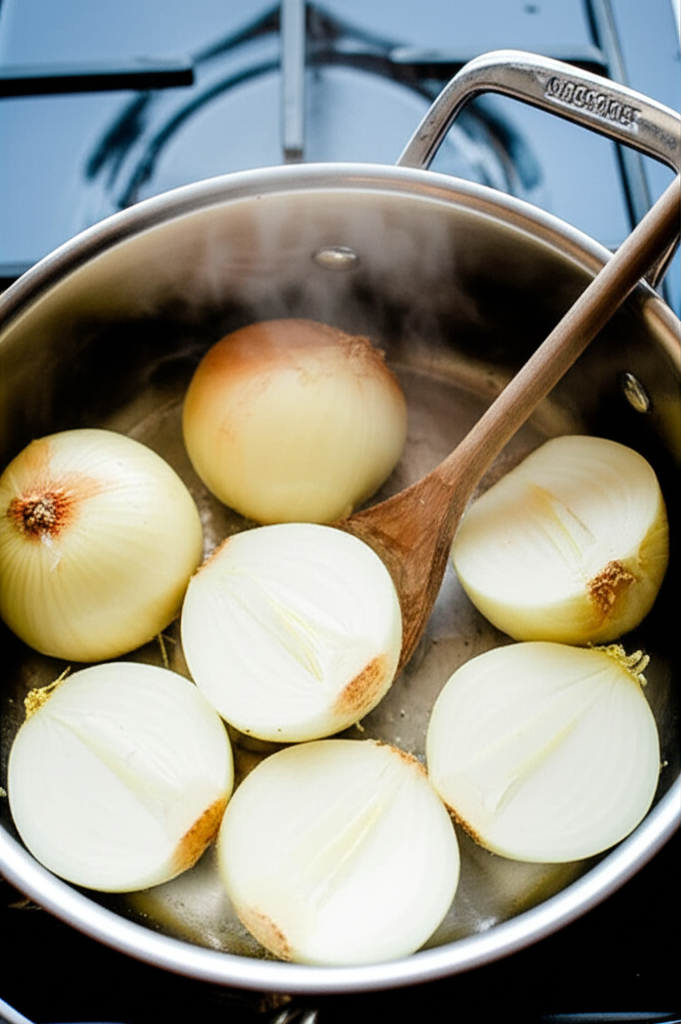poultry seasoning recipe
Poultry Seasoning Recipe: Your Guide to a Flavorful Blend
Quick Answer
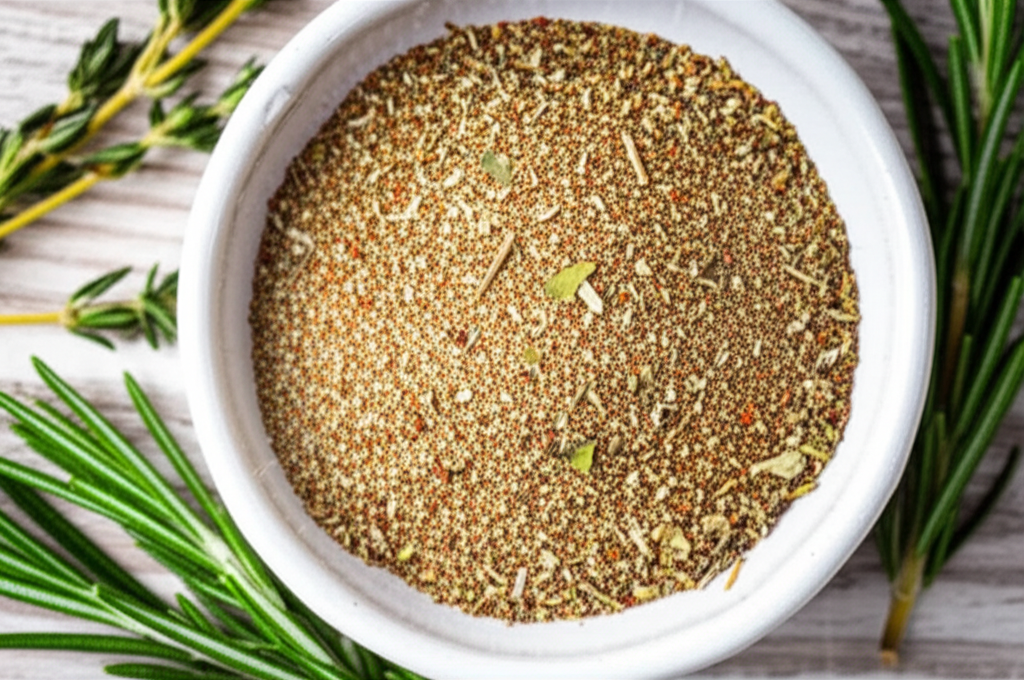
Poultry seasoning recipe variations abound, but at its core, this blend enhances the flavor of chicken, turkey, and other poultry dishes. A basic recipe includes sage, thyme, marjoram, rosemary, black pepper, and sometimes nutmeg or garlic powder. The specific ratio of herbs (the attribute) depends on your preferred taste (the entity), allowing for customized blends.
Making Your Own Poultry Seasoning

Poultry seasoning offers a convenient way to add depth and complexity to your dishes. But what exactly comprises this aromatic blend, and how can you create your own signature mix? Let’s explore the world of poultry seasoning.
What is Poultry Seasoning?
Poultry seasoning is a blend of dried herbs and spices specifically formulated to complement the flavor of poultry. While commercial blends are readily available, making your own allows you to control the quality of ingredients and tailor the flavor profile to your liking. This empowers you to eliminate additives or adjust the intensity of specific herbs.
Benefits of Homemade Poultry Seasoning
Creating your own poultry seasoning offers distinct advantages:
Freshness: Homemade blends offer vibrant flavor compared to pre-packaged versions that may lose potency over time. The shelf life (attribute) of homemade poultry seasoning (entity) is typically around 6 months.
Customization: Adjust the ingredient ratios to your exact preferences. You might prefer a more herbaceous blend or one with a stronger peppery kick. This flexibility is difficult to achieve with store-bought seasonings.
Cost Savings: Often, purchasing individual herbs is more economical than buying pre-mixed blends, particularly if you use these herbs regularly in other culinary applications.
Ingredient Control: Eliminate fillers, anti-caking agents, and other additives that may be present in commercial blends. This focus on quality (attribute) ingredients directly influences the flavor (attribute) of your poultry seasoning (entity).
Poultry Seasoning Recipe: A Step-by-Step Guide
Here’s a basic recipe you can adapt to your preference:
1. Gather your Ingredients: Measure out 2 tablespoons dried sage, 2 tablespoons dried thyme, 1 tablespoon dried marjoram, 1 tablespoon dried rosemary, 1 teaspoon black pepper, and ½ teaspoon ground nutmeg (optional). The quality (attribute) of your dried herbs (entity) significantly impacts the overall flavor.
2. Combine the Spices: In a small bowl, thoroughly combine all the measured herbs and spices.
3. Store: Transfer your homemade poultry seasoning to an airtight container. Proper storage in a cool, dark place maximizes freshness.
4. Use: Use 1-2 teaspoons per pound of poultry. You can also experiment with different amounts based on your desired flavor intensity. This measured approach (attribute) ensures consistent results (attribute) when using your homemade poultry seasoning (entity.)
Best Practices for Poultry Seasoning
Toasting: Before grinding, lightly toast whole spices like nutmeg in a dry skillet to enhance their flavor. This technique (attribute) intensifies the aroma (attribute) of the spices (entity).
Storage: Store your blend in airtight containers in a cool, dark, and dry place. Avoid storing near sources of heat or moisture.
Experimentation: Don’t be afraid to adjust the ratios of herbs and spices to match your palate. Substitute herbs, add a touch of garlic powder, or try savory—the flavor combinations are limitless.
Common Pitfalls & Fixes
Bland Flavor: If your blend tastes bland, try toasting the spices before grinding or increase the amount of pepper or other pungent spices.
Uneven Blend: Mix the herbs thoroughly to distribute the flavors. Ineffective mixing (entity) leads to inconsistent seasoning (attribute).
| Option | Key Attribute(s) | Best For | Caveat |
|—————————–|————————-|————————–|————————–|
| Homemade Poultry Seasoning | Fresh, Customizable | Flavor control, cost savings | Requires measuring & mixing |
| Store-Bought | Convenient | Quick use | May contain additives, less fresh |
Checklist for Making Poultry Seasoning

1. Assemble your dried herbs and spices.
2. Measure each ingredient accurately.
3. Combine all ingredients in a bowl and mix well.
4. Store in an airtight container in a cool, dark place.
Pro Tips for the Best Poultry Seasoning
Use high-quality dried herbs for the best flavor. Higher quality (attribute) ingredients result in improved taste (attribute).
Grind your spices to release more flavor.
Taste and adjust the blend as needed.
Consider adding a pinch of dried savory or marjoram for a more complex flavor profile. The complexity (attribute) of flavor (entity) is deepened by the addition of savory and marjoram (entities).
Store dried herbs away from sunlight and heat. Proper storage (attribute) extends the shelf life (attribute) of herbs (entity).
Experiment with different combinations for variety.
FAQs
What can I substitute for sage in poultry seasoning? Marjoram or thyme are excellent substitutes if you don’t have sage.
Is poultry seasoning the same as Italian seasoning? Although both use similar types of herbs, they have differences in the type and proportions of herbs. Italian seasoning usually includes oregano and basil, where poultry seasoning does not.
How long does homemade poultry seasoning last? Store-bought versions can last for 1-2 years because of added preservatives. Homemade poultry seasoning should last about 6 months.
What is the best way to use poultry seasoning? Incorporate the seasoning into your favorite poultry seasoning recipe for roasted chicken, grilled turkey, or other poultry dishes. This adds an even layer of flavor.
Can I use poultry seasoning on vegetables? Absolutely! It enhances the flavor of roasted vegetables like potatoes, carrots, and squash.
Where can I buy dried herbs? Dried herbs are readily available from supermarkets, specialty spice shops, and farmer’s markets.
Can I make poultry seasoning with fresh herbs? It’s best to use dried herbs in making poultry seasoning. Fresh herbs have higher moisture content and may not blend as well.
Key Takeaways
Homemade poultry seasoning offers unparalleled flavor and control over ingredients.
Experimenting with different herb ratios creates unique, personalized blends.
Proper storage maintains the potency and freshness of your seasoning.
Poultry seasoning enhances not only poultry but also vegetables and other dishes.
Freshly ground spices release more flavor, while dried herbs are optimal for making the seasoning.
Consider the different attributes—such as freshness and shelf life—when using various seasoning sources.
